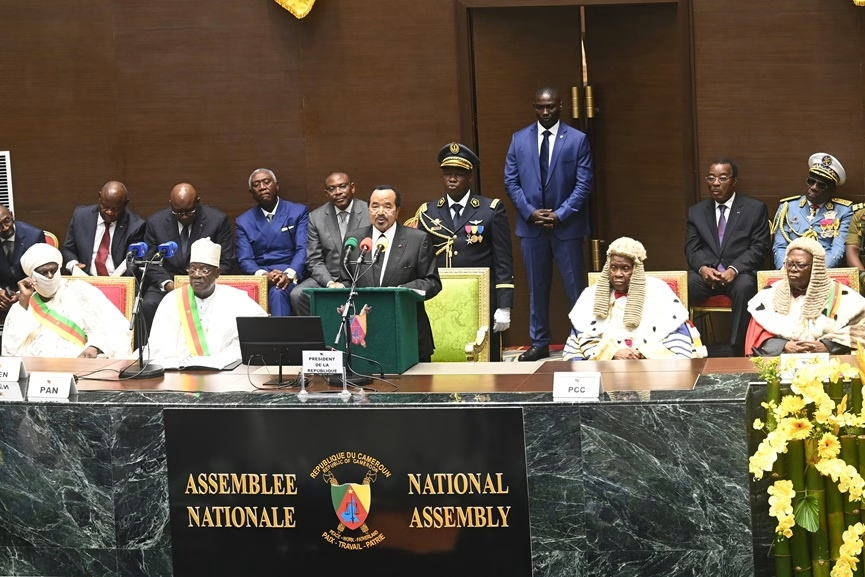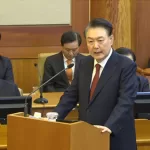Cameroon: The long-serving president of Cameroon, Paul Biya, has been sworn in for a new seven-year term after securing victory in last month’s election. At 91, Biya remains the world’s oldest sitting head of state and Africa’s second-longest serving leader.
Taking the oath of office in the heavily guarded capital, Yaoundé, he pledged to work for a united, stable, and prosperous Cameroon, promising to justify the people’s confidence in his leadership.
However, his renewed mandate comes at a time of deep unrest and division. Deadly protests erupted across several regions days after the October 19 vote, followed by a three-day lockdown this week. The government confirmed at least five deaths, but opposition and civic groups say the toll is much higher.
Discours de S.E.M. Paul BIYA, à l’occasion de la prestation de serment, le 6 novembre 2025.#Biya2025#PaulBiya#Cameroun
1/4 pic.twitter.com/fOVPhRsFzb— Cabinet Civil PRC (@CabinetCivilPRC) November 6, 2025
Many residents of Yaoundé say they have little faith that the new term will bring change. “I’m tired of Biya’s rule, and I no longer care what he does. It’s a pity. I wonder what will become of Cameroon in the next seven years—there are no roads, water, or jobs,” said Priscilla Ayimboh, a seamstress in the capital.
The Constitutional Council declared Biya the winner with 53.66 percent of the vote, ahead of former minister Issa Tchiroma, who garnered 35.19 percent. Tchiroma rejected the result, calling it fraudulent and claiming the election trampled the will of the Cameroonian people.
Biya first came to power in 1982 and has since ruled without interruption, aided by a 2008 constitutional amendment that abolished term limits. Much of his governance has been marked by speculation over his health and frequent absences abroad.
With over 70 percent of Cameroonians under the age of 35, many have never known another leader. If Biya completes his new term, he will be nearing 100 years old- an extraordinary political lifespan that has come to define both Cameroon’s stability and its stagnation.
























